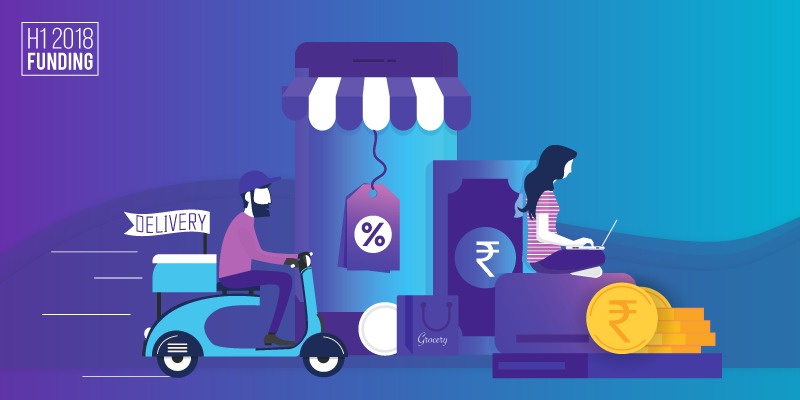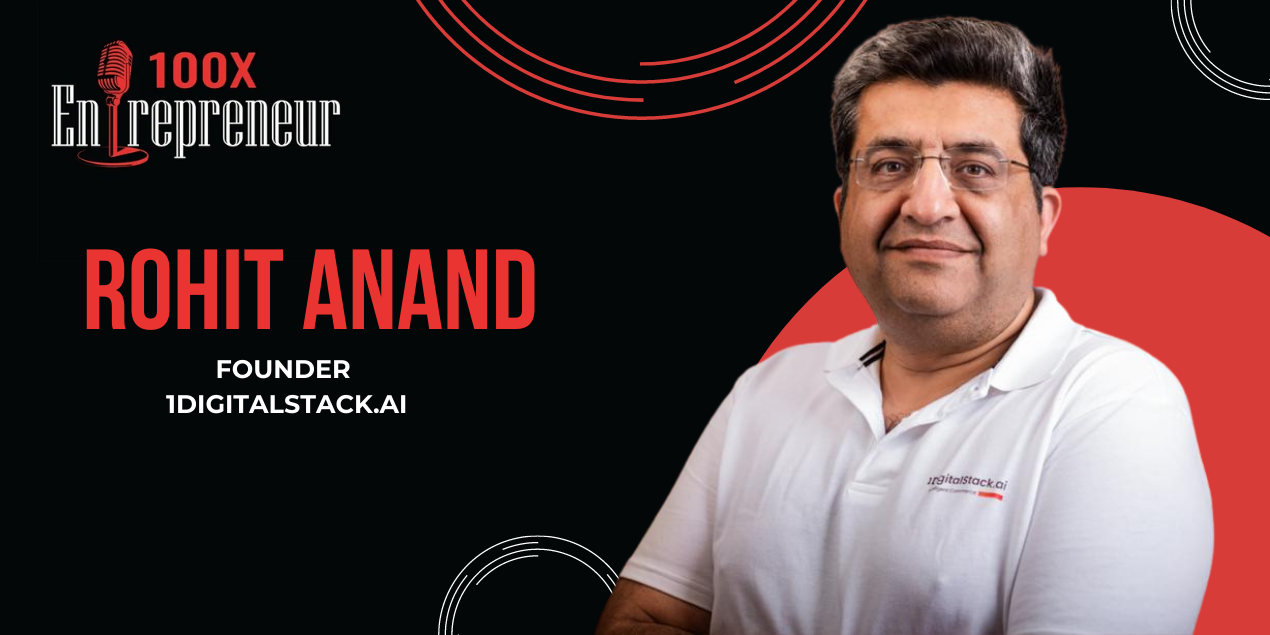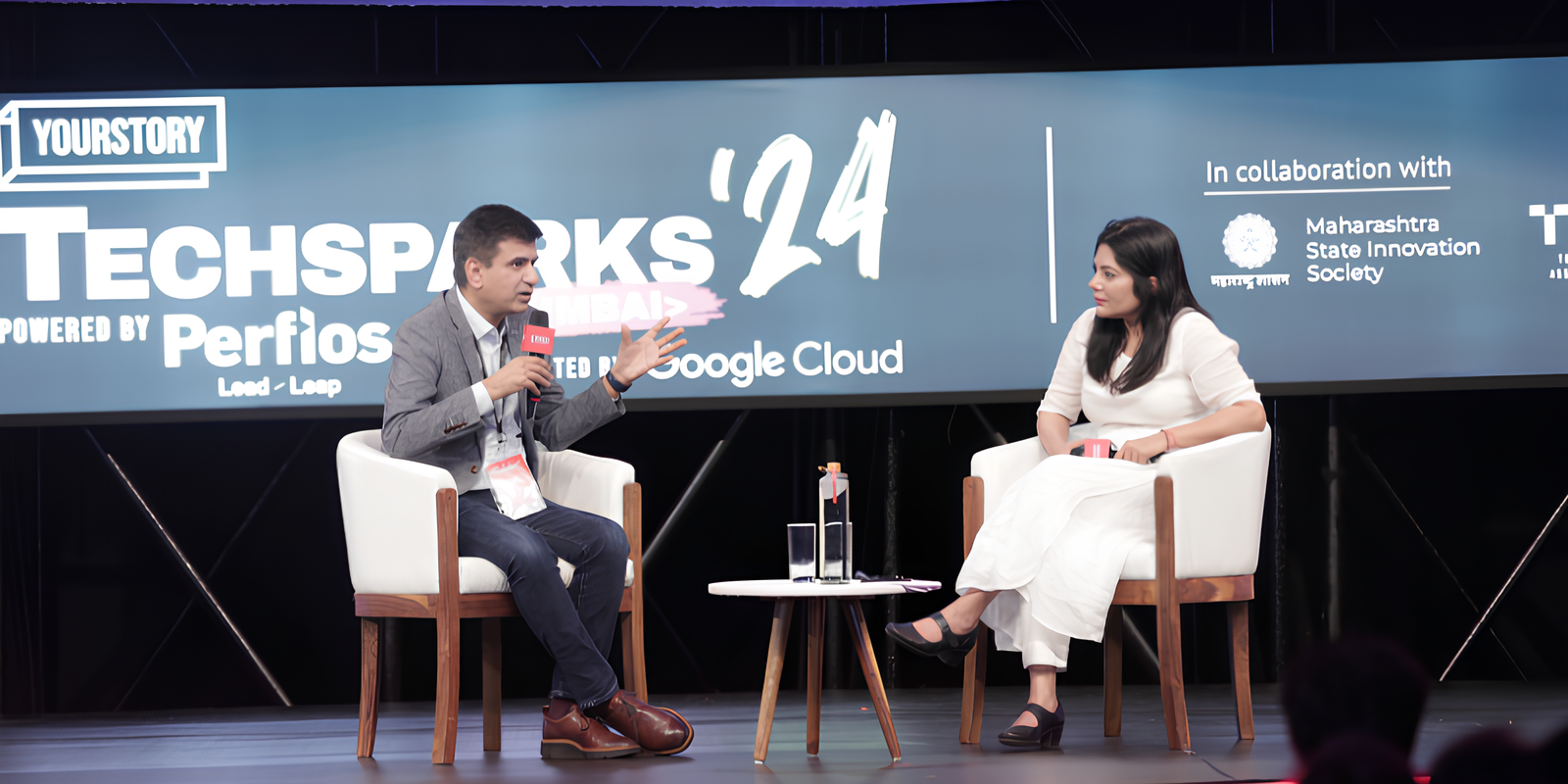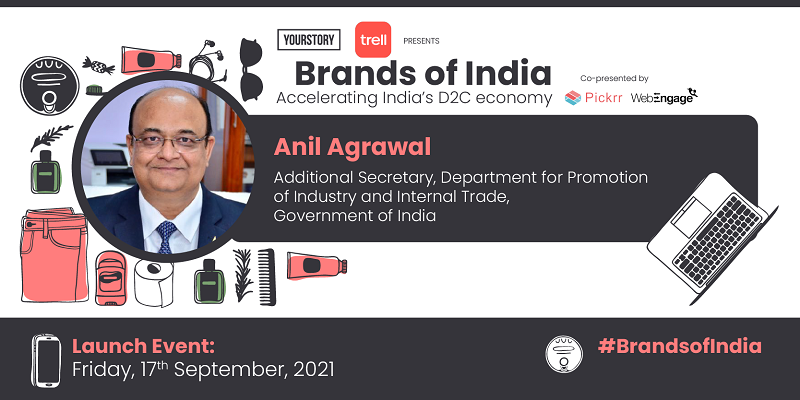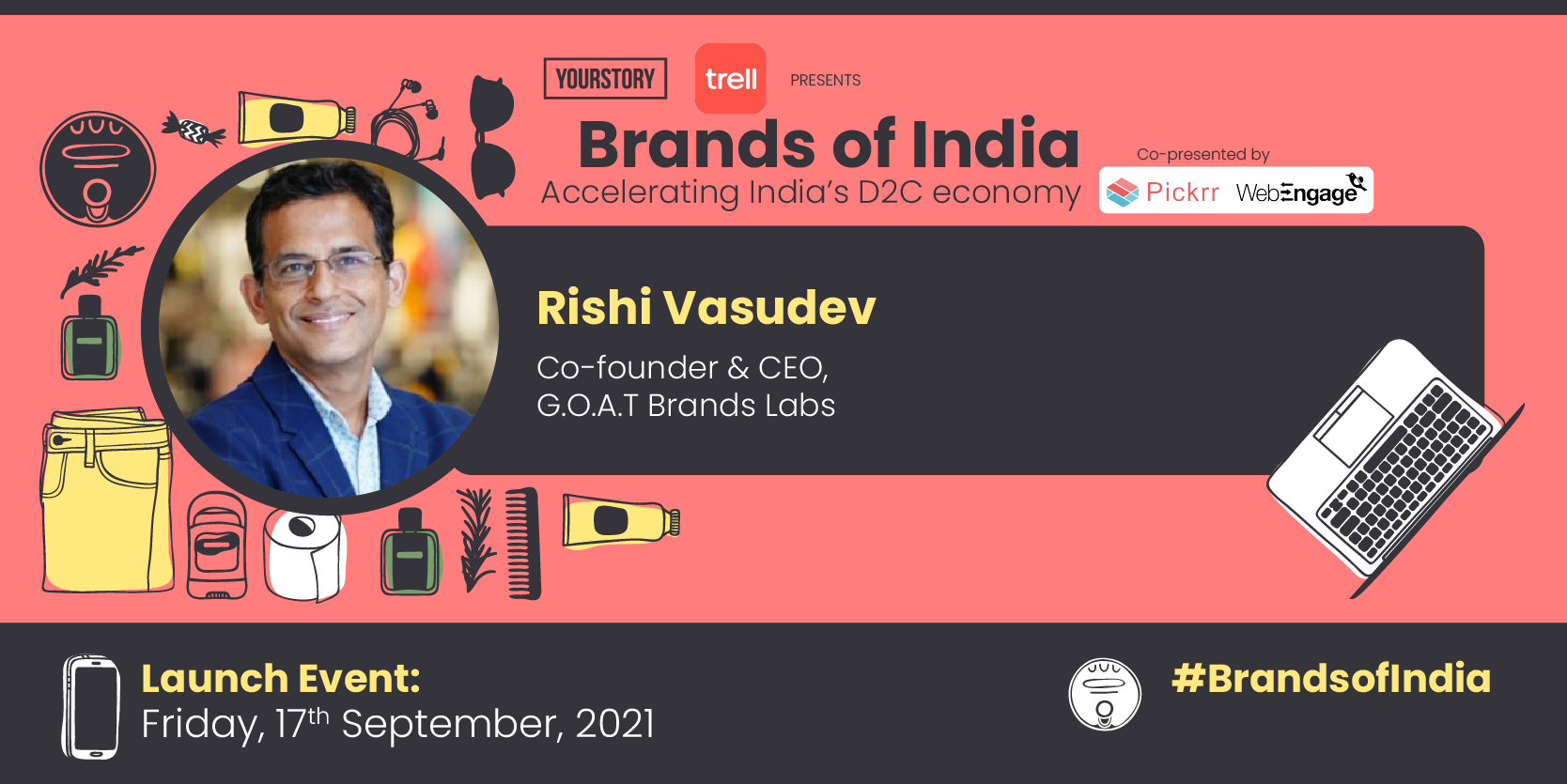Why Hyperlocal delivery startups are grabbing investor eyeballs again
In the first half of 2018, hyperlocal delivery startups raised $82.6 million in funding. During the same period last year, the amount raised was $15.2 million. So, what changed this year?
The first half of 2018 has proved eventful for the Indian startup ecosystem: Flipkart enjoyed a successful exit, while another five startups turned 'unicorns', crossing the $1 billion valuation mark. While fintech and ecommerce continued to blaze a trail, food-tech and hyperlocal seem to have found favours with investors once again. Both the quantum and the value of deals in Hyperlocal delivery has increased.
According to YS Research, the Hyperlocal space racked up 10 deals in first half of the year, raising $82.6 million, versus just $15.2 million across 5 deals in H1 2017. Grofers accounted for the lion’s share of the funding this year with its March 2018 Series E round of $62 million.
Interest in hyperlocal delivery was revived in December last year when Google made its first direct investment in Indian messenger service Dunzo. MilkBasket kept the momentum going in early 2018, raising two quick rounds: $3 million in January (Pre-Series A) and in May it raised $7 million.

Sahil Kini, Prinicipal, Aspada Investments, however, believes that the shift and funding this year is more towards startups that have proven their models and have shown the right kind of growth.
“There isn’t a significant amount of seed or very early-stage investments being made in the space. There are players like MilkBasket, Doodhwala, Grofers, Zappfresh, all of who are more mature,” says Sahil.
Why Hyperlocal again?
So why are the investors interested in Hyperlocal delivery again? Arpit Agarwal, Principal, Blume Ventures explains,
“The services delivered through hyperlocal business models have always had a large market, be it concierge, grocery or food. Hence, we saw an upsurge of funding in this segment in 2015. But soon, founders and investors figured that they couldn't scale up the businesses without cracking unit economics. This was hard because most Indian businesses were not optimising for logistics cost and experience. Hence, we saw this segment being among the worst hit during 2016 and 2017.”
In 2015, a slew of Hyperlocal startups in different segments like Doormint, Peppertap, Turant Delivery and several others that couldn't survive the funding crunch towards the end of the year and through 2016.
Pranav Pai, Founding Partner, 3one4 Capital, believes the problem two to three years back was that not a single company was able to demonstrate margins with scale. He explains that when a company was covering one neighbourhood or even a city, they had margins of 12 percent, but when they began to grow and expand that dropped to 3 to 4 percent. This made the business that much harder to run.
“What has changed today is that many app developers, programmers and even founders of these companies have understood the nuances of consumer behaviour in the space and have got a clear understanding of what the business model will be,” says Pranav.

However, what is going to be interesting to see is how younger and newer companies are going to compete with companies that have reached economies of scale.
A growing market
As Vani Kola, Managing Partner, Kalaari Capital, said in her recent article, food and grocery is a $300-billion segment in India and is expected to grow to $1 trillion by 2030. About 98 percent of this consumption today is serviced by the fragmented general trade channel or the 11 million kirana stores in India. She explains that while the industry may seem overcrowded, the existing new-generation models are only scratching the surface. It is still unclear what a unique Indian retailing model, potentially serving 100 million+ households, will look like.
There is still a lot of evolution ahead for this industry. A large, evolving market like this is bound to be competitive, but at the same time, it provides opportunities for new entrants.
A market like none other
There are Hyperlocal business and delivery models in the US as well. There are also Hyperlocal food delivery companies like uberEats and platforms like InstaKart. So what makes India different?
“India is a labour-intensive market. The US isn’t; the urban design (there) is very different. India has extremely high-density cities unlike the US. Also, labour costs are lower (here). This makes it easier for a BigBasket to launch in India. The initial challenge isn’t hiring the delivery boys but educating the customer,” explains Pranav.
Further, India, unlike any other market, has nuanced systems of credit. Every neighbourhood kirana store has a ledger with households that have a line of credit at that particular store. “This is one big disadvantage the online hyperlocal delivery companies have,” says Pranav, working as they do with advance payments online or cash on delivery.
A new wave
Arpit says that in 2016 and 2017, a new wave of startups like MilkBasket were born, which built their models from the ground-up. These companies, he says, have a hawkish view of the costs involved in delivering a relatively small value order daily, and still making money out of that.
“Further, MilkBasket allows for a one-touch order experience such that even the elderly in a household can place an order online. It also has a hybrid inventory-marketplace approach for fast/slow moving items which allows it to control costs while capturing extra margins. For example, MilkBasket is the largest retail milk supplier in Gurugram today. These economies of scale are hard to ignore,” Arpit points out.
Another innovation was the concept of dense delivery across a few chosen high-rises in Gurugram. Further, early-morning bunched deliveries that utilise available manpower, transport and empty roads available during that time slot allows them to reduce costs further.
However, Sahil believes that it is the frequency of use is what makes the space interesting.
“Foodtech and food delivery too follow the Hyperlocal model, and they have been able to crack frequency. If you crack that, it shows phenomenal growth,” explains Sahil.
Still operationally intensive
“The operations (imagine packing and delivering 8-10k orders in 4-5 hours) are still quite intensive, but what has attracted multiple investors to MilkBasket is their ability to consistently deliver an almost addictive experience while making positive unit economics per order. We are confident that more and large investors will soon enter this space,” says Arpit.
Hyperlocal delivery is a tough business. Ebrahim Akbari, Co-founder, Doodhwala, says the biggest challenge they face is in maintaining the leanness of an already-existing delivery mechanism while using technology to enhance its efficiency, and subsequently the quality of service.
Pranav believes that it still is a business that is hard and still have fundamental business model challenges. Most of the startups will have to find new ways to increase margins.
Working around the business models
So, have the business models changed from 2016 and 2017? Arpit explains that a high degree of focus on logistics costs (PPSD - Pick, Pack, Sort and Deliver) has been the key feature of startups born in the post-2015 era. Sahil believes the business models in the Hyperlocal space have evolved in the past couple of years.
“Founders now realise what is good growth and what is bad growth. The numbers are healthier, and they are looking more closely at how the margins and economics need to work,” says Sahil.
Ebrahim explains that there is only one real grocery problem in India - delivery of fresh milk. Anyone else in the e-grocery space is not solving a core problem, but rather just providing an alternate portal for a customer. Fresh milk is the most perishable item, and the largest single item to be consumed in a person’s grocery list, at around 20 percent of the total spend. India is the top consumer and producer of dairy in the world.
“The largest e-grocer in India has a customer out-reach of 50,000 deliveries across 25 cities, whereas Doodhwala, present only in Bengaluru, and recently launched in Pune and Hyderabad, has a customer outreach of 19,000 deliveries over just two years,” says Ebrahim.
While the numbers may not be impressive for a market such as India, Arpit points out, “Founders have kept discovering newer ways to stem the costs, be it through early morning delivery slots or picking operational areas basis efficiency.”
Pranav believes that there are now going to be few more vertical Hyperlocal companies, imitating vertical ecommerce a few years back. “Companies will have to find differentiators and a niche in value propositions that they have to grow in,” says Pranav.
And if they can keep up this improvement, 2018 could well be the year that Hyperlocal turns a corner.






